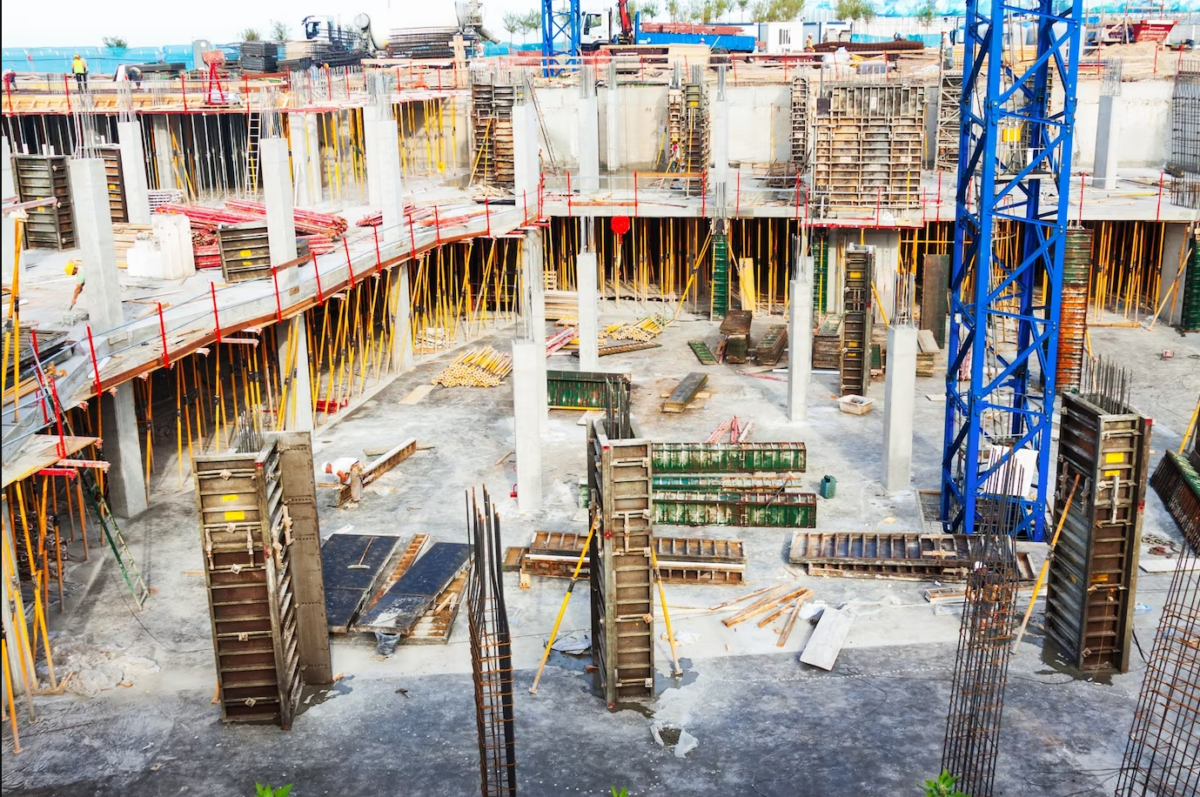Remodeling a bathroom can be one of the most satisfying and valuable home improvement projects. A well-designed bath breathes new life into your living spaces and boosts the appeal of your residence. However, bathroom remodels also represent complex undertakings that require proper planning and execution to realize the rewarding outcomes.
This comprehensive guide explores bathroom remodeling essentials showcasing exactly how to achieve success transforming your tub and tile spaces. Follow our structured tips spanning project scope, budgeting, contractor selection, material decisions and work phase management for revitalized baths that delight.
Developing Your Bathroom Remodel Plans
The first step toward an ideal bath remodel involves establishing well-defined plans. You must assess your needs, devise layouts, select finishes and set work priorities before calling in contractors. Rushed planning leads to frustration when the actual construction begins. Carefully thinking through the following facets sets the stage for bringing your dream bathroom addition to life:
Defining Project Goals
What do you hope to gain from the remodel? Better aesthetics, added storage, improved accessibility? Set clear goals informing layouts and material selections. Prioritize must-haves versus nice-to-haves.
Evaluating Your Existing Bathroom
Examine current bathroom conditions and usage levels. Look for deficient design elements and maintenance issues to address in the remodel like drainage problems or ventilation needs.
Developing an Updated Layout
Maximize limited bath space through creative new placements for fixtures and amenities. Strategic layouts, storage additions and multi-function elements keep renovated baths clutter-free.
Selecting Fixtures and Finishes
This big choice balances personal style against budget. Set realistic budgets for splurges on statement pieces like chandeliers. Choose finishes suiting bath usage levels.
Creating a Project Budget
Comprehensive estimates help you affordably execute bath plans. Compare contractor quotes and allow contingencies for unforeseen issues. Factor in permits and utility adjustments as well.
Setting a Timeline
Bathroom remodels span several weeks to months depending on scope. Define target start-completion dates fitting your schedule. Account for supply chain issues too.
Moving forward thoughtfully on these fronts paves the way for bath remodel success as the work kicks off.
Choosing Your Remodeling Contractor
With well-defined plans and estimates in place, selecting qualified remodeling contractors represents the next milestone. Contractors convert goals and budgets into physical bathroom spaces. As with most construction projects, who you choose matters greatly. Be systematic when evaluating general contractors or bath specialists during quoting:
Verify Credentials and Experience
Check licenses, insurance policies, bonds and qualifications before signing agreements. Ask about demonstrated bathroom remodel expertise as well.
Review Sample Projects
Evaluate actual contractor portfolios noting style preferences and quality of finishes. Analyze feedback from past customers if possible.
Understand the Proposed Scope
Compare quotation line items against your established bathroom remodel scope. Look for unnecessary exclusions or inflated costs.
Confirm Schedule Expectations
Ensure time estimates seem reasonable and that contractors account for permitting wait times and fixture delivery schedules.
Check References and Reviews
Talk with previous customers about their experiences. Online reviews also provide candid insights on responsiveness and service quality.
Trust Your Instincts
You will work closely throughout the project so inflexibility, minimal collaboration or negative vibes are red flags. Finding the right team fit speeds execution.
Moving ahead with contractors truly invested in bringing your unique bathroom vision to fruition keeps projects advancing positively even when inevitable hiccups occur during work.
Careful Attention to Remodel Work Phases
With finalized bath designs, final budgets, permits secured and contractors ready, the demolishing, constructing and finishing process begins in earnest. Keep tabs through the messy but quick tear out stage. Collaborate actively once new structural elements take shape to inspect placements and catch errors early before finishing commences. Address snags promptly to avoid cost overruns or delays down the line.
Here is an overview of main remodel work stages and key checkpoints:
Demolition
Ensure contractor removes all targeted walls, fixtures, flooring and utilities safely per agreed plans. Salvage existing items intended for reuse if feasible as well.
Rough In Review structural modifications as the new bath footprint and utility connections materialize during rough in. Inspect underground plumbing before trenches get covered and walls enclosed.
Inspection Checkpoints
General contractors schedule inspections allowing jurisdiction officials to confirm compliance with building codes and permit conditions at defined points. Initial drainage, electrical and framing checks happen early before adding finishes.
Installation and Finishing
Monitor progress daily as the bath takes finished form. Wall tiles, lighting, vanities and accessories transform spaces aesthetically while feature testing ensures full functionality as well. Punch list fixes happen now too.
Final Walkthrough Conduct a joint final inspection verifying every facet meets expectations aesthetically and operationally prior to making final contractor payments. Identify outstanding adjustments needed before considering spaces complete.
While handing off technical work execution to professionals, staying engaged across all remodel stages protects budgets, spurs progress and results in better end products.
Achieving Bathroom Remodel Success
In closing, dreaming up contemporary bathroom schemes is the exciting first step in home upgrades. But transforming aspirations into physical spaces demands proper planning, contractor partnerships and project execution. Our guide provides best practices for bathroom remodel success. Define goals, design thoughtfully, control budgets, select contractors carefully and inspect progress at each milestone along the build path to revitalize your tub and tile spaces.
Of course, no written guide replaces researching options specific to the vision you want to bring about in your home. Reach out to available resources from experts at showrooms, suppliers and model homes. Peruse media galleries for inspiration by style as well. Then refine concepts around realistic budgets and timelines through contractor consultations. This immersive planning grounds even the most ambitious bathroom remodel undertakings firmly toward ultimately fulfilling outcomes all parties take pride in. So embrace the process and start brainstorming today on how to infuse new life into one of your home’s most integral spaces for unwinding and preparing for productive days ahead.




